Home>Technology>Home Entertainment Systems>What Is The Best Universal Remote
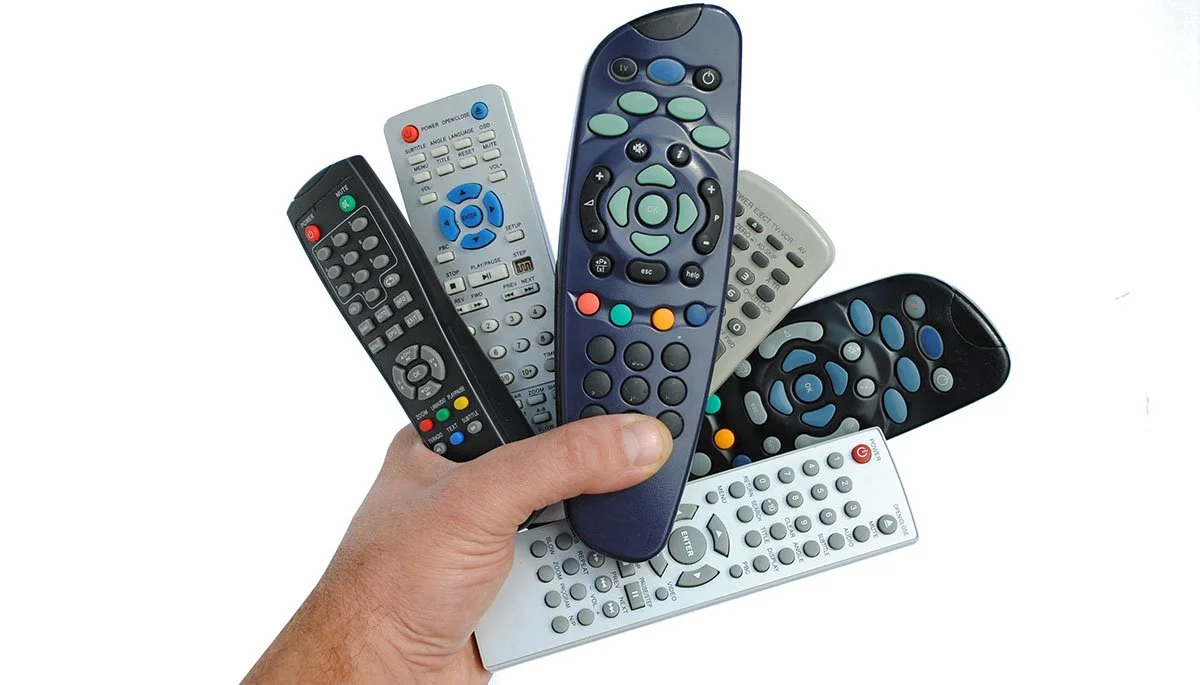

Home Entertainment Systems
What Is The Best Universal Remote
Modified: February 24, 2024
Looking for the best universal remote for your home entertainment system? Discover top options and simplify control of all your devices with ease.
(Many of the links in this article redirect to a specific reviewed product. Your purchase of these products through affiliate links helps to generate commission for Storables.com, at no extra cost. Learn more)
Introduction
Welcome to the world of home entertainment systems! In today’s fast-paced digital age, having a comprehensive and user-friendly universal remote is a game-changer. Gone are the days of juggling multiple remotes, getting tangled up in a web of cables, and struggling to remember which button controls which device. A universal remote solves these problems by providing a single, easy-to-use interface to command all your home entertainment devices.
In this article, we will delve into the world of universal remotes and guide you on choosing the best one for your needs. Whether you have a sprawling home theater system or just a simple setup, we’ll explore the essential factors to consider and provide you with insight into some of the top universal remote brands and models available on the market today.
So, why should you invest in a universal remote? For starters, it eliminates the hassle and confusion of dealing with multiple remotes for your television, DVD player, sound system, streaming devices, and more. With a single device, you can control all your entertainment components effortlessly, making your viewing experience a breeze.
Not only does a universal remote simplify your life, but it also declutters your living space. With just one remote sitting on your coffee table, you can say goodbye to the overwhelming collection of remotes that usually accumulate over time.
Furthermore, a universal remote provides an intuitive and user-friendly interface, often featuring touch screens, backlit buttons, and programmable options. These modern features make it easier to navigate and control your devices, enhancing your overall entertainment experience.
But with the multitude of options available, choosing the right universal remote can be daunting. That’s where we come in. In the following sections, we will help you understand the key factors to consider when selecting a universal remote. We will also highlight some of the most popular brands and models in the market and compare their features. Additionally, we will guide you through the programming and setup process and offer troubleshooting tips for common issues that may arise.
By the end of this article, you will be equipped with the knowledge to make an informed decision and find the best universal remote to suit your home entertainment needs. So, let’s dive in!
Key Takeaways:
- Say goodbye to the hassle of multiple remotes and tangled cables with a universal remote. Simplify your home entertainment system, declutter your living space, and enhance your viewing experience with a single, user-friendly interface.
- Choose the best universal remote by considering compatibility, button layout, connectivity options, and additional features. Explore top brands like Logitech Harmony, One For All, Inteset, GE, and Sony, and enjoy the convenience of streamlined control for all your devices.
Read more: What Is The Best Universal Remote App
Understanding Universal Remotes
Universal remotes are devices designed to control multiple electronic devices, such as televisions, DVD players, audio systems, streaming devices, and more. They offer a convenient solution to the problem of managing numerous remote controls for different devices.
These remotes use infrared (IR) or radio-frequency (RF) signals to communicate with various devices. IR remotes require line-of-sight communication and must be pointed directly at the device to work. On the other hand, RF remotes can transmit signals through objects, allowing for more flexibility in positioning the remote.
One of the key features of a universal remote is its ability to store codes for different devices. Manufacturers provide comprehensive code databases, containing thousands of pre-programmed codes for various brands and models of devices. When setting up the remote, you select the appropriate codes for each device you want to control, and the remote remembers them for future use.
Some universal remotes offer advanced features, such as learning capabilities. With this feature, the remote can learn the commands of an existing remote control by simply pointing the two remotes at each other and pressing the corresponding buttons. This allows you to control devices that may not be included in the remote’s pre-programmed code database.
Universal remotes offer convenience and ease of use by providing a unified control interface. Rather than searching for the correct remote or struggling to remember which button to press, you can control all your devices with just one remote. This simplicity is particularly beneficial for individuals with limited mobility or those looking to streamline their entertainment setup.
It’s worth noting that universal remotes come in different shapes and sizes. Some remotes feature a traditional button layout, while others have touch screens or even smartphone apps for control. The choice largely depends on your personal preferences and the complexity of your home entertainment system.
Overall, universal remotes are a convenient solution to simplify your home entertainment experience. With their ability to control multiple devices, streamline your entertainment setup, and provide a user-friendly interface, they are essential tools for any home theater enthusiast or tech-savvy individual.
Now that you have a better understanding of what universal remotes are, in the next section, we will explore the important factors to consider when choosing the best universal remote for your needs.
Factors to Consider in a Universal Remote
When selecting the best universal remote for your home entertainment system, there are several important factors to consider. Taking the time to evaluate these factors will help you find a remote that meets your specific needs and preferences. Here are some key factors to consider:
Compatibility:
Ensure that the universal remote you choose is compatible with the devices you intend to control. Most universal remotes have databases containing codes for a wide range of brands and models. However, it’s essential to verify that your specific devices are supported before making a purchase.
Number of Devices:
Consider how many devices you plan on controlling with the universal remote. Some remotes can handle a limited number of devices, while others offer more extensive capabilities. Be sure to select a remote that can accommodate all of your devices without any limitations.
Read more: What Is The Code For Universal Remote
Button Layout and Design:
The layout and design of the remote control should be comfortable and intuitive. Look for a remote with well-spaced buttons and clear labeling. Ensure that the important buttons, such as volume and channel controls, are easily accessible and responsive. Additionally, consider the overall ergonomics of the remote to ensure a comfortable grip.
User-Friendly Interface:
Opt for a universal remote that offers a user-friendly interface. This can include features such as a backlit display or touch screen for easy navigation, clear on-screen menus, and intuitive controls. A remote with a logical and intuitive interface can greatly enhance your overall user experience.
Connectivity Options:
Consider the connectivity options available on the universal remote. Some remotes offer both infrared (IR) and radio-frequency (RF) capabilities, allowing you to control devices even if they are not within the line-of-sight. RF connectivity provides more flexibility in terms of device placement. Additionally, some remotes offer Bluetooth functionality, which can come in handy for controlling smart devices or connecting wirelessly to your home theater system.
Additional Features:
Take note of any additional features the remote offers. This could include programmable macros, allowing you to perform multiple actions with a single button press, such as turning on multiple devices simultaneously. Other features to consider include voice control, learning capabilities, and the ability to customize and save your preferred settings.
Read more: What Is Universal Remote Control
Battery Life:
Consider the battery life of the universal remote. Look for a remote that offers long battery life or has a rechargeable battery option. The last thing you want is to constantly replace or recharge batteries, causing interruptions in your entertainment experience.
By evaluating these factors and identifying which ones are most important to you, you can narrow down your options and find the universal remote that best fits your needs. In the next section, we will explore some of the most popular universal remote brands on the market today.
Popular Universal Remote Brands
When it comes to universal remotes, several brands have established themselves as leaders in the market. These brands offer a wide range of remote models with different features and capabilities. Here are some of the most popular universal remote brands:
Logitech Harmony:
Logitech Harmony is arguably one of the most well-known and highly regarded brands in the universal remote industry. They offer a wide range of remotes to suit various needs and budgets. Logitech’s Harmony remotes are known for their excellent compatibility, extensive code databases, and user-friendly interfaces. They often feature touch screens, backlit buttons, and advanced programming options.
One For All:
One For All is another reputable brand known for its reliable and versatile universal remotes. They offer a range of models that cater to different levels of complexity. One For All remotes are known for their ease of setup, extensive code libraries, and ergonomic designs. They offer both traditional button remotes and models with touch screens.
Inteset:
Inteset is a brand that focuses on providing highly customizable and feature-rich universal remotes. Their remotes are known for their durability, compatibility with a wide range of devices, and customizable macros. Inteset remotes are popular among tech enthusiasts and those who prefer a high level of control and customization.
GE Universal Remotes:
GE (General Electric) has been a trusted name in the electronics industry for many years. They offer a range of universal remotes that are known for their simplicity and reliability. GE remotes are often affordable and easy to set up, making them a popular choice for those on a budget or looking for a straightforward remote solution.
Sony Universal Remotes:
Sony is a well-known brand in the world of electronics, and their universal remotes are no exception. Sony remotes are known for their compatibility with a wide range of Sony devices and other brands. They offer intuitive interfaces, ergonomic designs, and advanced features such as learning capabilities.
These are just a few examples of the popular universal remote brands available in the market. Each brand offers its own unique features and benefits, so it’s important to research and compare different models within each brand to find the one that best suits your needs.
In the next section, we will compare some of the top universal remotes from different brands to help you make an informed decision.
Comparison of Top Universal Remotes
When it comes to choosing the best universal remote, comparing different models can help you find the one that suits your specific needs. Let’s take a look at a comparison of some top universal remotes from different brands:
Logitech Harmony Elite:
The Logitech Harmony Elite is one of the most advanced and feature-rich universal remotes on the market. It offers a full-color touch screen, backlit buttons, and the ability to control up to 15 devices. The remote supports both IR and RF connectivity, allowing you to control devices even if they are not in direct line-of-sight. The Harmony Elite also offers smart home integration and voice control compatibility with popular devices such as Amazon Alexa and Google Assistant.
One For All URC7935 Streamer Remote:
This remote is specifically designed for streaming devices and features a simplified layout with dedicated buttons for popular streaming services like Netflix, Amazon Prime Video, and YouTube. It has an intuitive interface, a built-in infrared blaster for controlling devices, and the ability to learn commands from other remotes. The URC7935 is compact and affordable, making it an excellent choice for streaming enthusiasts.
Inteset INT-422 Universal Remote:
The Inteset INT-422 universal remote offers a high level of customization and control. It features a backlit keypad, macro programming capabilities, and the ability to control up to four devices. The remote has a learning function that allows it to replicate commands from other remotes, making it compatible with a wide range of devices. It is known for its durability and compatibility with major brands.
GE 33709 Universal Remote Control:
The GE 33709 is a budget-friendly universal remote that offers simplicity and reliability. It supports up to four devices and provides basic functions to control your TV, DVD player, cable/satellite box, and audio system. The remote features a straightforward layout with clearly labeled buttons and easy setup instructions. It is an ideal option for those who want a simple and affordable universal remote solution.
Sony RMVLZ620 Universal Remote Control:
The Sony RMVLZ620 is a versatile remote that offers control over up to eight devices. It features an ergonomic design with large, easy-to-press buttons. The remote has learning capabilities, allowing it to capture commands from other remotes. It also offers macros for simplifying complex tasks and supports both IR and RF signals.
These are just a few examples of the top universal remotes available from different brands. When comparing different models, consider your specific needs, the number of devices you want to control, the level of customization desired, and any additional features that are important to you. By carefully comparing the options, you can find the perfect universal remote to enhance your home entertainment experience.
In the next section, we will explore some essential features to look for when selecting a universal remote.
Features to Look for in a Universal Remote
When choosing a universal remote, it’s important to consider the features that will enhance your overall user experience. Here are some essential features to look for:
Device Compatibility:
Ensure that the universal remote is compatible with the devices you plan to control. Look for a remote with a comprehensive database of pre-programmed codes for various brands and models. Alternatively, choose a remote with learning capabilities that can capture commands from your existing remotes.
User-Friendly Interface:
Opt for a universal remote with an intuitive and user-friendly interface. This includes features such as a clear screen or display, well-labeled buttons, and an easy-to-navigate menu. A well-designed interface will make controlling your devices effortless and enjoyable.
Ease of Setup:
Consider how easy it is to set up the universal remote. Look for a remote that offers a straightforward setup process, either through code entry or automatic device detection. The setup should be quick and hassle-free, allowing you to start using your remote with minimal effort.
Read more: What Is The Code For Universal Remote
Button Layout and Design:
The layout and design of the remote control should be ergonomic and comfortable to hold. Look for a remote with well-spaced buttons that are easy to press, especially for commonly used functions like volume and channel control. Consider the overall size and weight of the remote to ensure a comfortable grip.
Connectivity Options:
Check for the connectivity options available on the universal remote. Many remotes offer both infrared (IR) and radio-frequency (RF) capabilities, allowing you to control devices even if they are not within the line-of-sight. Some remotes also offer Bluetooth or Wi-Fi connectivity for seamless integration with smart devices or home theater systems.
Additional Features:
Look for additional features that enhance your remote control experience. This could include the ability to create custom macros, where you can program sequences of commands to be executed with a single button press. Other useful features include backlighting for easy use in low-light conditions, voice control compatibility, and the ability to program favorite channel shortcuts.
Read more: What Is Universal Remote Control
Battery Life:
Consider the battery life of the universal remote. Look for a remote that offers long battery life or has a rechargeable battery option. You don’t want to constantly change batteries or be left without control during an important movie or TV show.
By carefully evaluating these features, you can select a universal remote that suits your needs and preferences. Each feature plays a role in enhancing usability and convenience, so it’s important to prioritize the ones that are most important to you.
In the next section, we will walk you through the programming and setup process for a universal remote.
Programming and Setup Process
Setting up a universal remote may seem like a daunting task, but with the right approach, it can be a straightforward process. Here is a step-by-step guide to help you program and set up your universal remote:
Step 1: Gather Necessary Information:
Before you begin, gather the necessary information for each device you want to control. This includes the brand and model number. Having this information on hand will make the programming process easier.
Step 2: Identify Code Entry Method:
Determine the code entry method supported by your universal remote. This can typically be found in the remote’s user manual or on the manufacturer’s website. There are usually two common methods: direct code entry or code search.
Read more: How To Disconnect A Universal Remote
Step 3: Direct Code Entry:
If your remote supports direct code entry, follow these steps:
- Refer to the code list provided with your remote or access the manufacturer’s website to find the appropriate code for your device.
- Turn on the device you want to control and aim the remote at it.
- Press and hold the corresponding device button on the remote (e.g., TV, DVD, etc.) and the Power button simultaneously until the device button stays lit.
- Enter the code using the number buttons on the remote. The device button should flash, indicating that the code has been entered correctly.
- Test the remote by pressing a few buttons to ensure that the device responds properly.
Step 4: Code Search:
If your remote supports code search, follow these steps:
- Turn on the device you want to control and aim the remote at it.
- Press and hold the corresponding device button on the remote and the Power button simultaneously until the device button stays lit.
- Press the Play button on the remote, then wait for the device to turn off. If the device doesn’t turn off, press the Play button again until it does. This process may take several minutes.
- Once the device turns off, press the Reverse button on the remote to test if it successfully controls the device. If it does, press the Stop button to save the code. If not, continue pressing the Play button and Reverse button alternately until the device responds properly.
Step 5: Repeat for Other Devices:
If you have multiple devices, repeat the programming process for each one using the appropriate device button on the remote.
Step 6: Test and Customize:
After programming the remote for each device, test it by pressing various buttons to ensure everything functions as desired. Take advantage of any additional features your universal remote offers, such as customizing button assignments, programming macros, or setting favorite channel shortcuts.
It’s important to note that the exact process and button sequences may vary depending on the brand and model of your universal remote. Always refer to the user manual or manufacturer’s instructions for specific guidance.
By following these steps, you will be able to successfully program and set up your universal remote to control all your devices. With a single remote, you’ll enjoy the convenience of easily managing your home entertainment system.
In the next section, we will address some common issues that may arise with universal remotes and provide troubleshooting tips.
Troubleshooting Common Issues
While universal remotes are designed to simplify the control of your home entertainment devices, they may encounter some common issues. Here are some troubleshooting tips to help you resolve common problems that you may face:
Issue: Device Not Responding to Remote:
If a device is not responding to your universal remote, try the following steps:
- Ensure that the remote is properly programmed for that specific device.
- Check the batteries in the remote and replace them if necessary.
- Make sure there are no obstacles blocking the line-of-sight between the remote and the device.
- Verify that the device is powered on and in the correct input mode (e.g., TV set to HDMI input for a DVD player).
- Try repositioning the universal remote or moving closer to the device to improve signal reception.
Issue: Buttons Not Working:
If certain buttons on the universal remote are not working, try the following steps:
- Check if the button is stuck or needs cleaning. Remove the batteries from the remote, clean the buttons with a mild detergent, and let them dry before reinserting the batteries.
- Reset the remote by removing the batteries and holding down any button for 10-15 seconds. Then, reinsert the batteries and reprogram the remote if necessary.
- Verify that the remote has sufficient battery power. Replace the batteries if they are weak or depleted.
- Check if the button is programmed correctly. Re-enter the code for the device or re-program the learning function if necessary.
Issue: Interference or Incorrect Device Control:
If your universal remote is controlling the wrong device or experiencing interference, follow these steps:
- Make sure there are no other nearby devices emitting infrared or radio signals that may be interfering with the remote’s signals.
- Reposition any devices or objects that may be blocking the signal between the remote and the controlled device.
- Check if there are any devices with similar infrared codes in the same room. If so, try reducing the interference by placing them further apart or covering their infrared receivers.
- If possible, switch to the RF mode on the remote if it supports it, as radio-frequency signals can bypass some interference issues.
Read more: How To Program A TWC Universal Remote
Issue: Remote Control Range is Limited:
If you find that the range of your universal remote is limited, consider the following solutions:
- Check the batteries in the remote. Weak batteries can diminish the remote’s transmission range. Replace them if necessary.
- Ensure that the remote’s infrared (IR) transmitter is clean and free from dust or debris. Clean it gently if needed.
- Try repositioning the controlled device or the remote to improve the line-of-sight connection.
- Consider using an RF extender or an IR repeater system to extend the range of the remote.
If none of these troubleshooting steps resolve the issue with your universal remote, consult the user manual or contact the manufacturer’s customer support for further assistance.
With these troubleshooting tips, you can overcome common issues and maximize the functionality of your universal remote. In the final section, we will summarize the key points discussed in this article.
Conclusion
In conclusion, a universal remote is the ultimate accessory for simplifying and enhancing your home entertainment experience. By consolidating the control of multiple devices into one remote, you can bid farewell to the clutter and confusion associated with managing multiple remotes. Whether you have a simple setup or a complex home theater system, a universal remote provides convenience, efficiency, and improved usability.
During your search for the perfect universal remote, it’s important to consider several factors. Compatibility with your devices, the number of devices you intend to control, button layout and design, user-friendly interface, connectivity options, additional features, and battery life are all essential considerations that impact the functionality and usability of the remote.
Some of the most popular universal remote brands include Logitech Harmony, One For All, Inteset, GE, and Sony. Each brand offers a diverse range of models with unique features and capabilities. Comparing different options can help you find the best universal remote that suits your specific needs and budget.
Furthermore, understanding the programming and setup process is crucial to getting your universal remote up and running smoothly. Following the appropriate code entry methods, whether it be direct code entry or code search, ensures proper device control. Additionally, troubleshooting common issues such as unresponsive devices, non-functional buttons, interference, or limited remote control range can help you overcome any obstacles that may arise along the way.
In the end, investing in a high-quality universal remote that suits your needs will simplify your entertainment setup and provide a seamless control experience. So, bid farewell to the clutter of multiple remotes and usher in a new era of simplicity and convenience with a universal remote that puts you in command of your home entertainment system.
We hope that this article has provided valuable insights and guidance on choosing, programming, and troubleshooting your universal remote. Now, go forth and enjoy your home entertainment system like never before!
Frequently Asked Questions about What Is The Best Universal Remote
Was this page helpful?
At Storables.com, we guarantee accurate and reliable information. Our content, validated by Expert Board Contributors, is crafted following stringent Editorial Policies. We're committed to providing you with well-researched, expert-backed insights for all your informational needs.
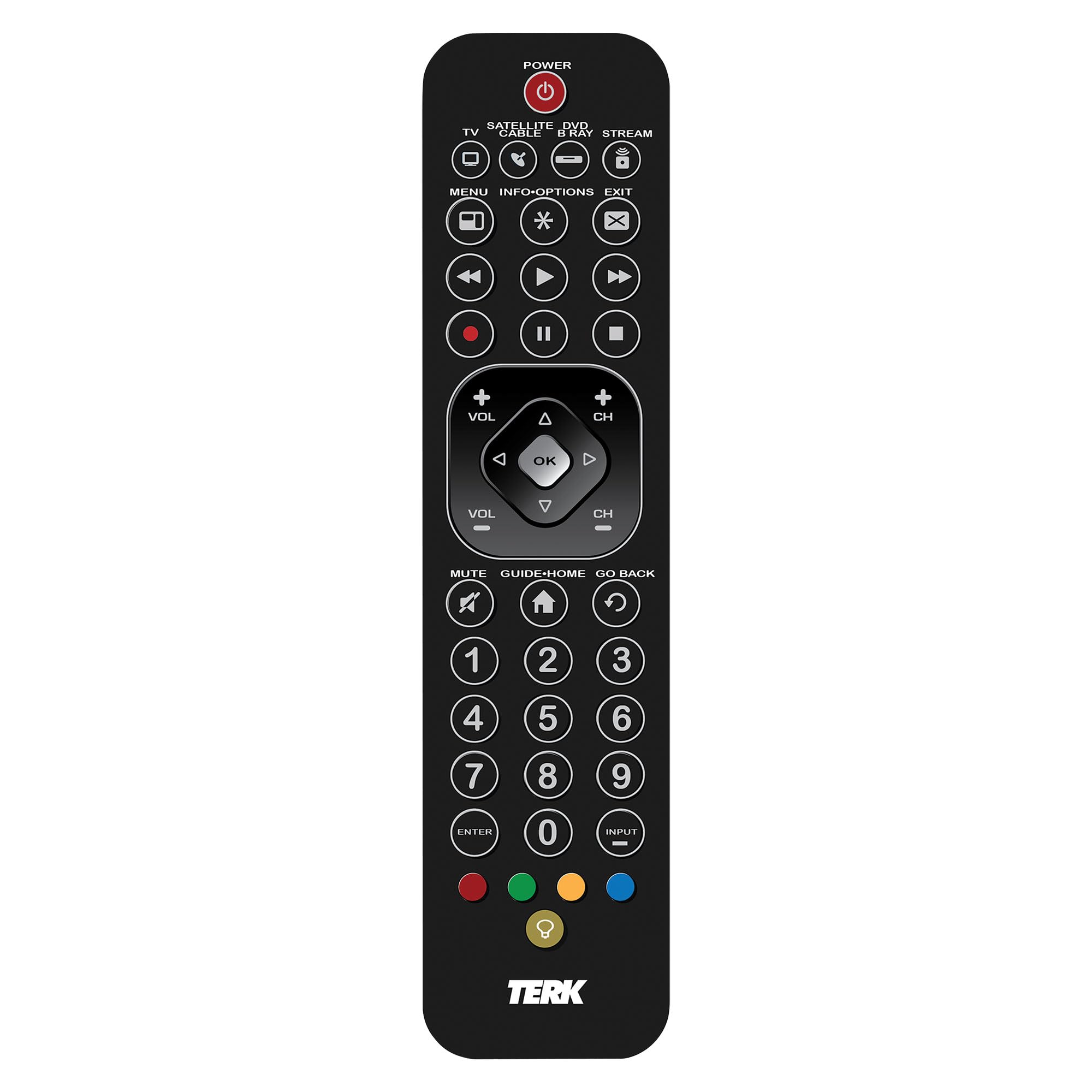
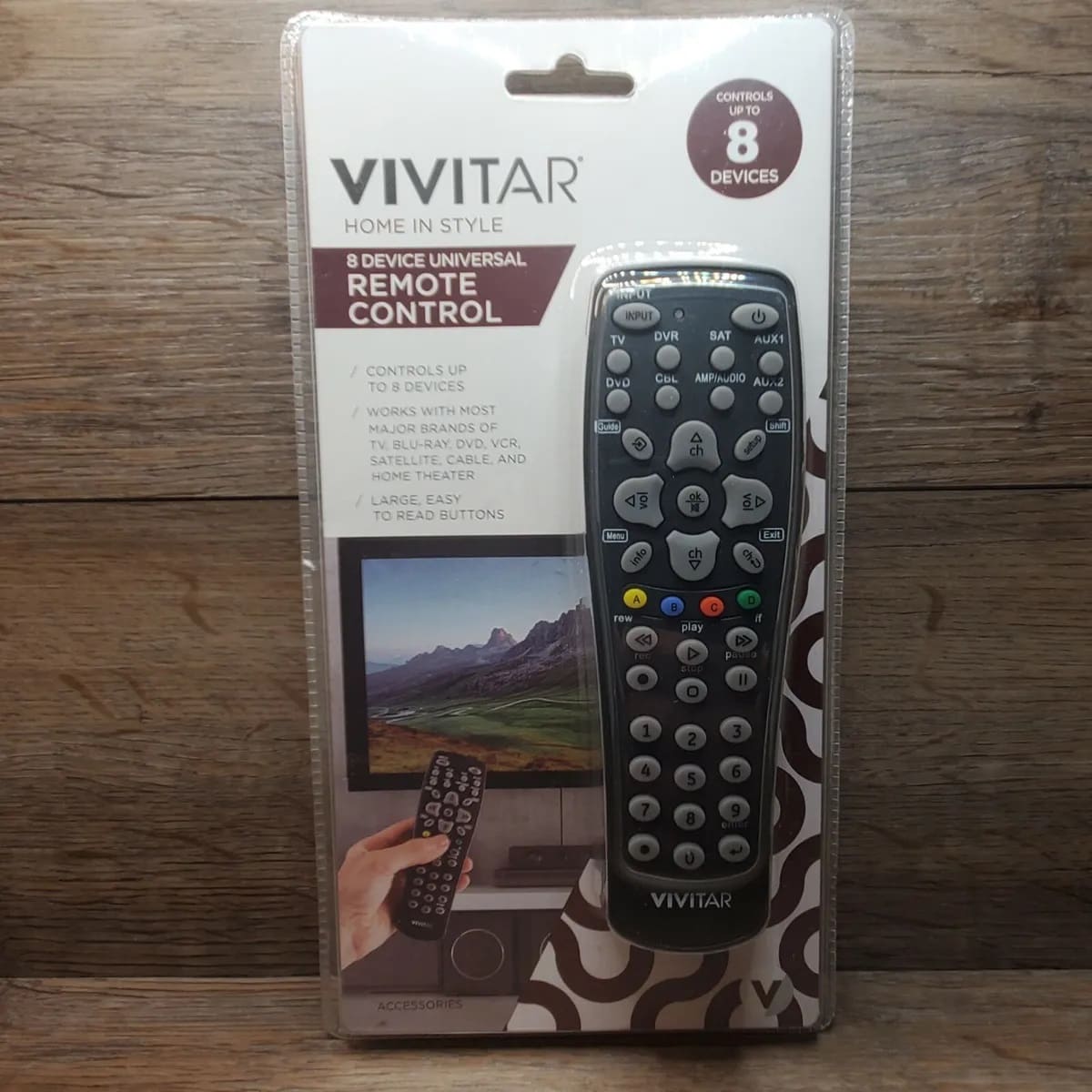
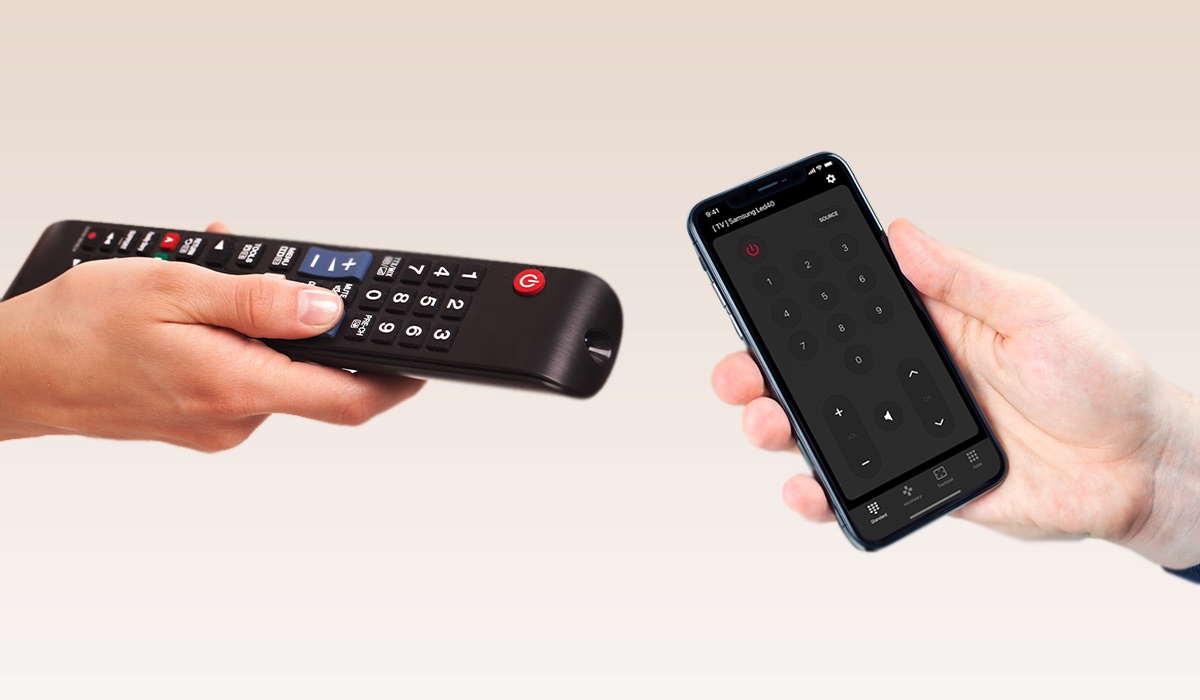
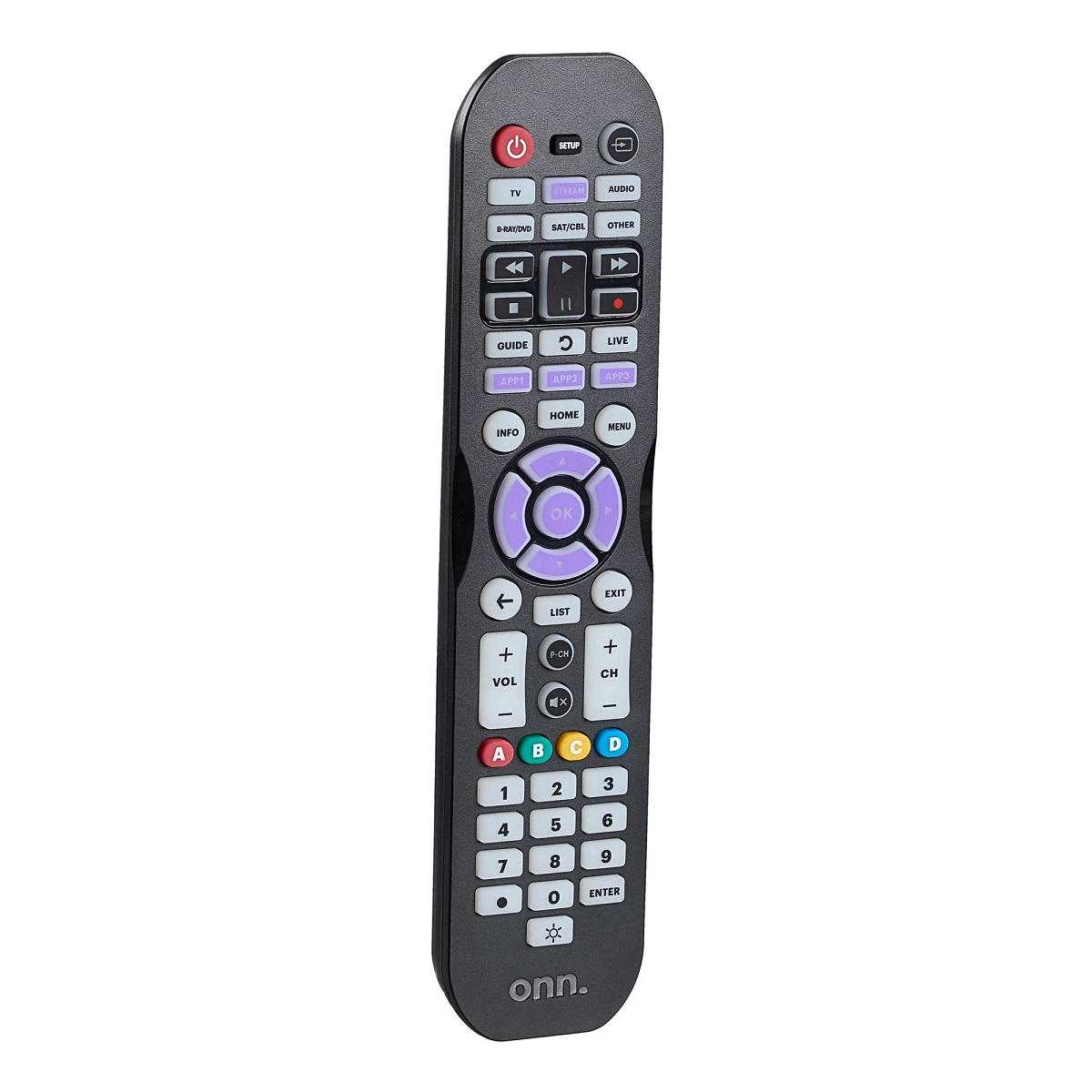
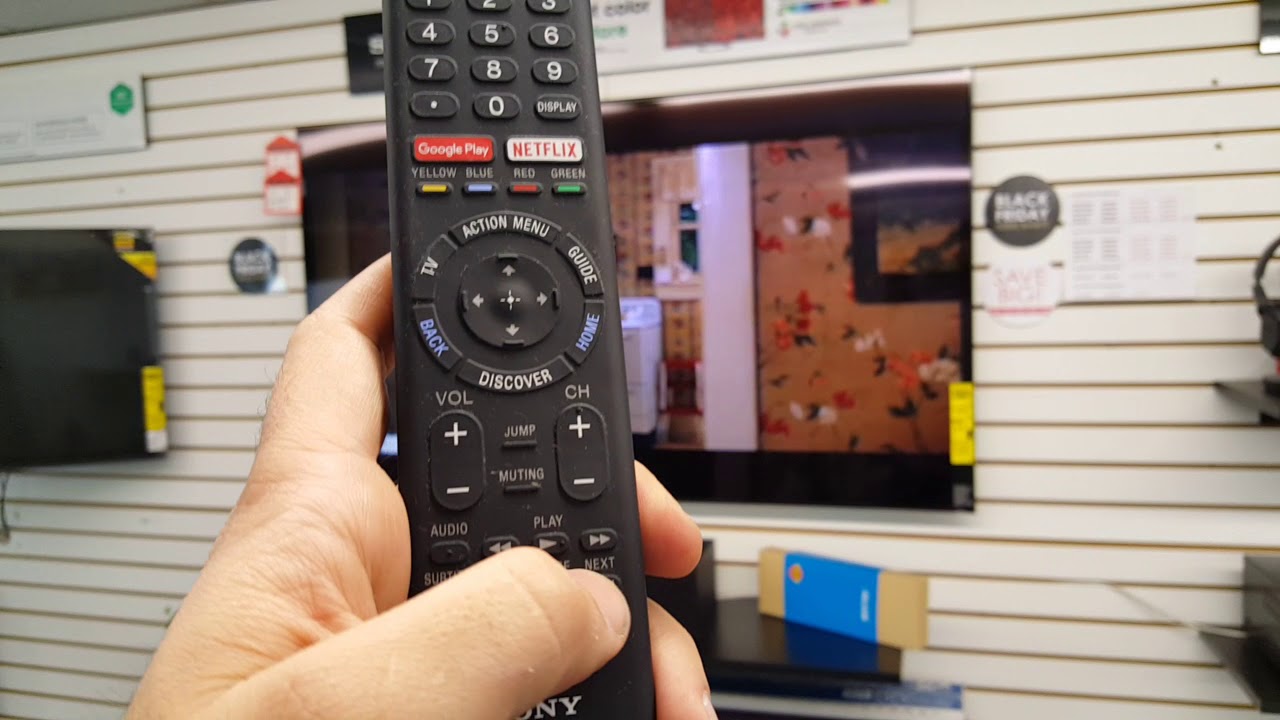

0 thoughts on “What Is The Best Universal Remote”